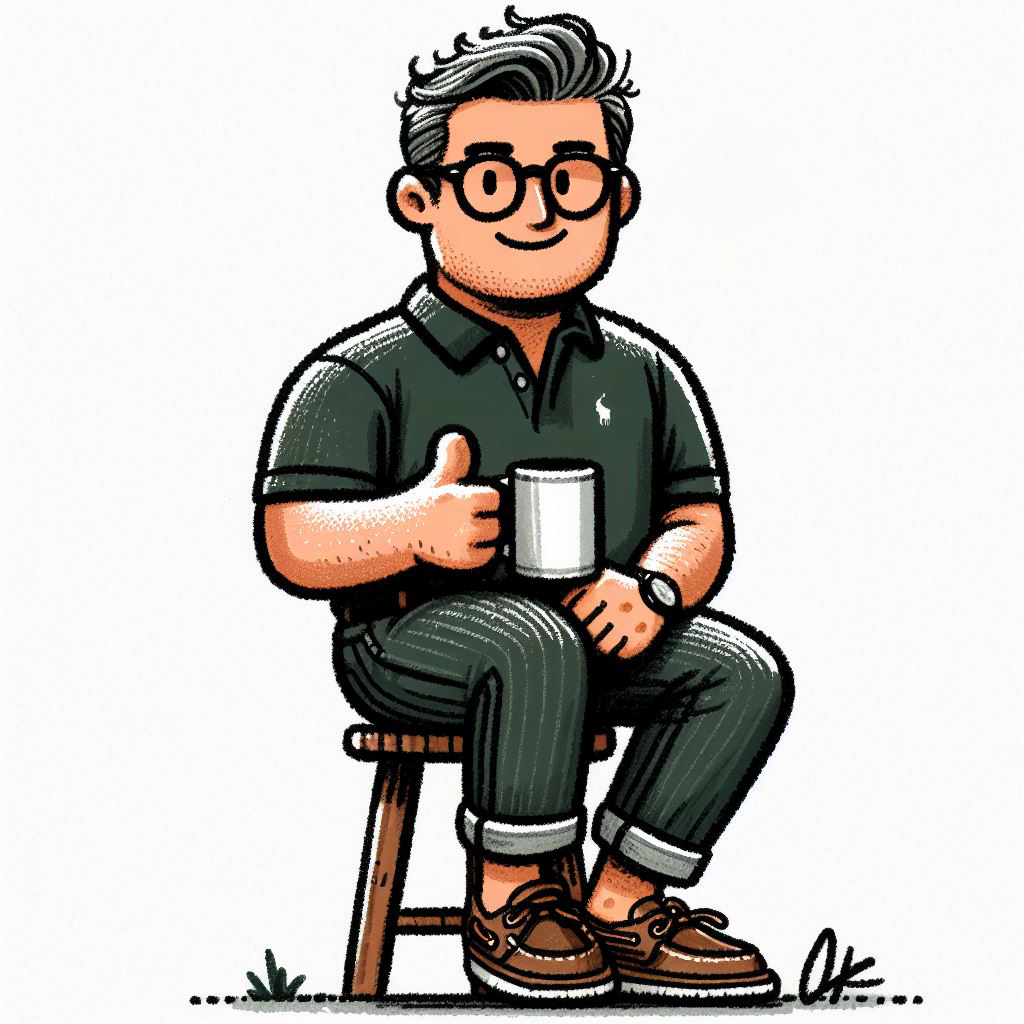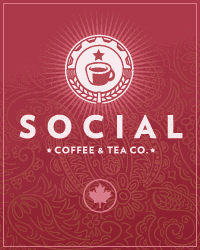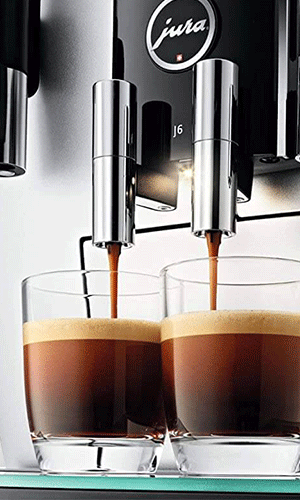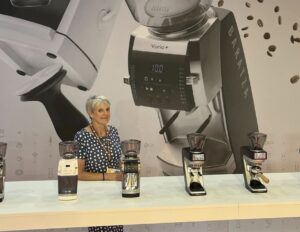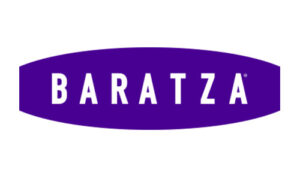With Black Friday just completed (did you buy your coffee stuff on sale?), everyone’s gearing up for the biggest time in most consumer industries, and coffee is no exception. This one is going to be one of my longest articles ever, so strap yourself in for the read!
No Holiday Gift List this Year
Around this time on the CoffeeGeek website, you’d be seeing the annual Holiday Gift List and Fund Raiser for CoffeeKids. I’m sad to say that we won’t be doing this feature this year because of the rebuild that is currently going on to give you a brand new CoffeeGeek website in early 2008 (what, you didn’t know we’re doing a huge rebuild? read on!)
I will be doing some individual fund raising efforts for CoffeeKids this holiday season, including some special auctions for items to help raise money so look for those soon in a few articles on the front page. I’m very sad that we’re not doing the HGL this year, but it came down to the fact that last year everyone involved in the silent auctions, the building and maintaining of the holiday gift list, and the tracking of donations and payments put in about 50 hours a week for the duration of the event. We simply didn’t have the luxury of that time this year. We started to build this year’s HGL, but soon realised it was eating too much into our build-time for the new website (something a few people are on the payroll for regardless of whether the work is done or not).
While the HGL is taking a season’s hiatus, efforts to raise money for CoffeeKids will not. For the month of December, we’ll be featuring a direct donation link to CoffeeKids right on the front page of CoffeeGeek, as well as a mention at the start of each article for the month, a sticky in the forums, and banner ads on the website. For every dollar you donate through these special paypal links (which go directly to CoffeeKids), CoffeeGeek will match those donation dollars, up to $1,000. So the more you donate, the more we donate.
We’ll also donate 25% of all our ad revenue raised between December 1 and December 31 – so if you’re an advertiser who is thinking about renewing your ads, or buying new ones, December is the time – a quarter of your fees will be donated directly to CoffeeKids.
And we’ll also have a few silent auctions to roll out – I’m not quite sure how I’m going to do it yet, but I do have some grinders donated by the fine folks at Baratza, as well as some other surprises and goodies from other vendors to auction off. And I’m digging through our closets here to see what other goodies we can come up with.
It is a letdown, but I’m hoping we can turn this around by raising lots of dough for CoffeeKids. Next year, I promise the HGL will be back, better than ever.
See Andrea Illy Speak!
Coming up very soon is an interesting discussion evening with Dr. Andrea Illy at The New York Academy of Sciences. In fact it’s coming up on December 6th, 2007. If you’re in the NYC area, contact them toote suite to see if you can get in on the seminar.
Andrea Illy is the current chairman of illycafe, having taken over the reigns from his dad, Dr. Ernesto Illy. He’s also the main guy responsible for the near bible of scientific study into espresso: The Chemistry of Quality books (both editions). His seminar is on the Science of Coffee, and it’s the inaugural event for this seasons’ discussions at the NY Academy of Sciences.
CoffeeGeek plans to have coverage of the seminar for a future article, but if you’re in the NY area, this is a unique opportunity to really delve into the science behind espresso.
Coffee Blogs of Note
Because this Coffee at the Moment article is so long, I’m cutting down the number of blogs I wanted to mention from four to one (I’ll definitely list the missing ones next article!). But this one is so good and so relatively unknown, I have to post about it (and I hope by posting about it, the author will post more frequently to his blog – I’m talking to you Mike!)
The blog belongs to Canadian National Barista Champion, Mike Yung, and is called A Coffee Point of View.
The most recent entry (as of this writing) is a discussion about a cafe crawl that Mike and some of his fellow workers at Caffe Artigiano did in Vancouver, and it’s full of insight and some very fun reading. One of my favourite posts he’s made so far is called Catching Up, and it’s a post he made just before the Canadian Nationals, and he talks about his prep, his reminisces of the WBC in Tokyo and more. I expect the blog to pick up pace as he gears up for his world championship run in Copenhagen in 2008.
Feature: Caffeine Exploration
One question I get quite often in email is “how much caffeine is in … “, be it a type of bean or a brewing method.
The haughty taughty answer is “each different type of coffee has different levels of caffeine. Each different brewing method can extract wildly different levels of caffeine, so there’s no accurate answer”.
But that “answer” isn’t very helpful, is it?
I can’t tell you absolutes, but I can give you some background on what general numbers are known about the levels of caffeine in two major types of coffee (arabica and robusta), and what the process of extracting caffeine from ground coffee is like. With this information, you might have a better understanding of how much caffeine you’re having in your morning cuppa.
I should note that most of these numbers, figures and estimations are based on the Illy company’s lab tests on coffee and espresso, and published in books like Espresso Coffee: The Science of Quality (2nd Edition) – written by the guy I talked about near the top of this article!. In some cases, I’m just remembering long stated figures and estimates.
Amount of caffeine in whole coffee
Caffeine content in the green coffee bean varies from 1% on up to as much as 3% of the dry weight. Typically, Arabicas have about 1.0% to 1.3% in green coffee, and Robustas have usually between 2% and 2.5%.
When coffee is roasted, caffeine is one of the more resistant things to “leave” the coffee (coffee beans lose as much as 30% of their weight when roasted). The roasting process burns off many dry elements in the bean, but one thing that hangs around is caffeine, so the percentages of caffeine in a roasted bean go up slightly. This doesn’t mean any particular roasting style adds more caffeine to a bean – what it means is, as you roast darker and darker, more of the bean’s mass is burned away, but most of the caffeine stays, leaving a higher final percentage of caffeine making up the bean’s entire weight.
When coffees are roasted, arabica beans have, on average 1.2 to 1.3% of their weight in caffeine. Robusta is double that, with as much as 2.4% of its finishing weight. The darker the roast, the higher the caffeine percentage, but these numbers are for a typical “northern Italian” roast style, or dark brown, no surface oil. A 100g sample of arabica would have 1.2g (or 1200mg) of caffeine in it. That’s a wallop!
To put this in perspective, have a look at a recent study by the Journal of Food Science that details the amount of caffeine in popular soft drinks – some have as much as 60mg in a 12 ounce can of pop. That means those of you sucking down on a Super Big Gulp of Pepsi One are getting around 200mg or more of caffeine!
Caffeine Extraction Rates
Remember me saying caffeine is one of the few things not affected much (or burned off) by the roasting process? It’s a stubborn little thing. And here’s another thing you should know about caffeine – while it is water soluble (that means it likes water and interacts with it nicely), it’s still one of the more resistant things in the roasted and ground coffee bean. It’s like a squatter tenant that stubbornly refuses to leave the condemned building.
There’s two reasons for this. First, while caffeine is water soluble, the amount of “solubility” increases with temperature. So, the higher the brewing temperature, the more soluble caffeine is. Also the more high temperature water is in contact with caffeine, the more soluble it is.
Think about that for a second – the higher the temperature, the more caffeine comes out. And the longer higher-temperature water is in contact with caffeine-infused coffee grounds, the bigger the overall milligram dump of caffeine into your cup will be.
In very simple terms this means, the shorter the brewing time, the less caffeine extracted from the coffee, all other things being more or less equal (how many grams of coffee used, and the same brewing temperatures).
Typically, espresso percolation will extract between 70% and 80% of the caffeine stored in the ground coffee, depending on how long it is brewed for, and the brewing temperature. Drip coffee by comparison can yield as much as 92-97% of the stored caffeine in the ground coffee. That can mean a big difference in caffeine in the cup.
When you consider that coffee ground for espresso is much more fine than the coffee ground for drip, it shows even more so how caffeine is generally resistant to leaving the coffee. Espresso grind has a much more surface area of the shaved beans exposed to brewing water when compared to drip grind coffee – if caffeine extracted easily, both percolation methods would be near 100% no matter the water exposure time.
It gets even more complicated. In situations where you brew ristrettos or very rich coffees (say those crazies putting 50g of coffee into a Clover to brew a 16oz pot), the math is all over the place and no one really has any scientific proof of what’s happening. My theory is pretty simple – if you increase the dose (ie, grams of coffee) but use the same volume of water to brew (ie the ristretto shot), you extract less mg per gram of coffee because less water flow is happening to the entire mass of ground coffee, and less extraction is happening per mg of ground coffee.
It’s a theory, anyway. And in the next Coffee at the Moment Article, I’ll give you some real details on what amounts of caffeine you might have in the drinks you enjoy.


